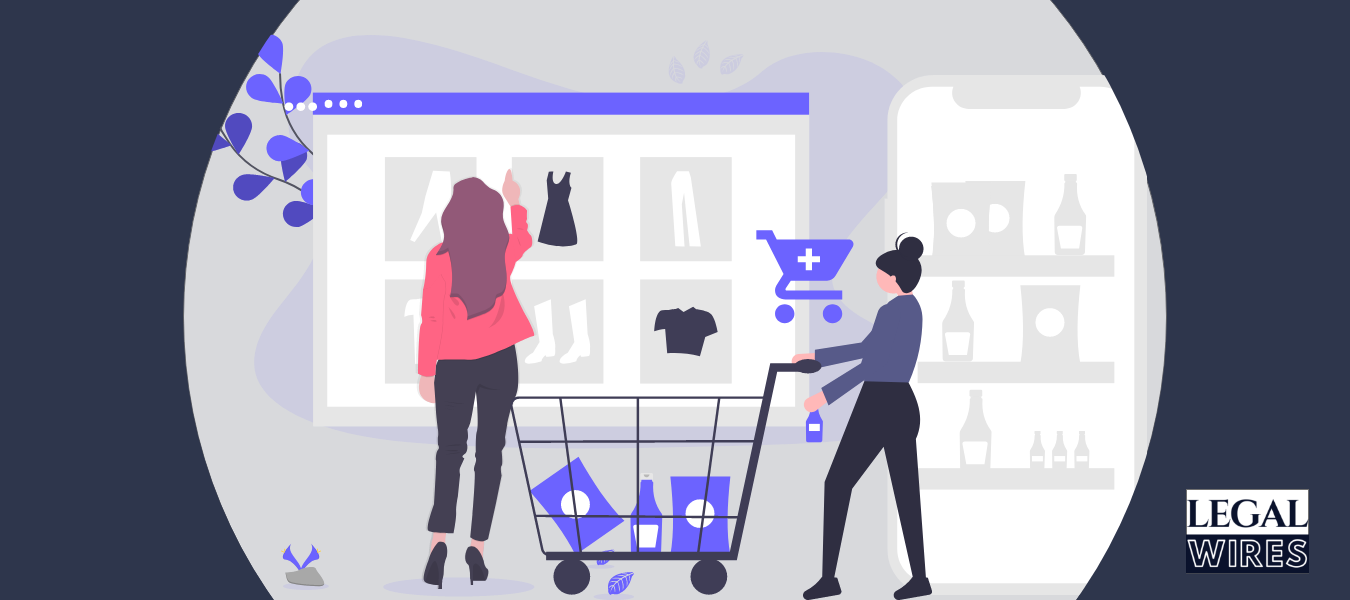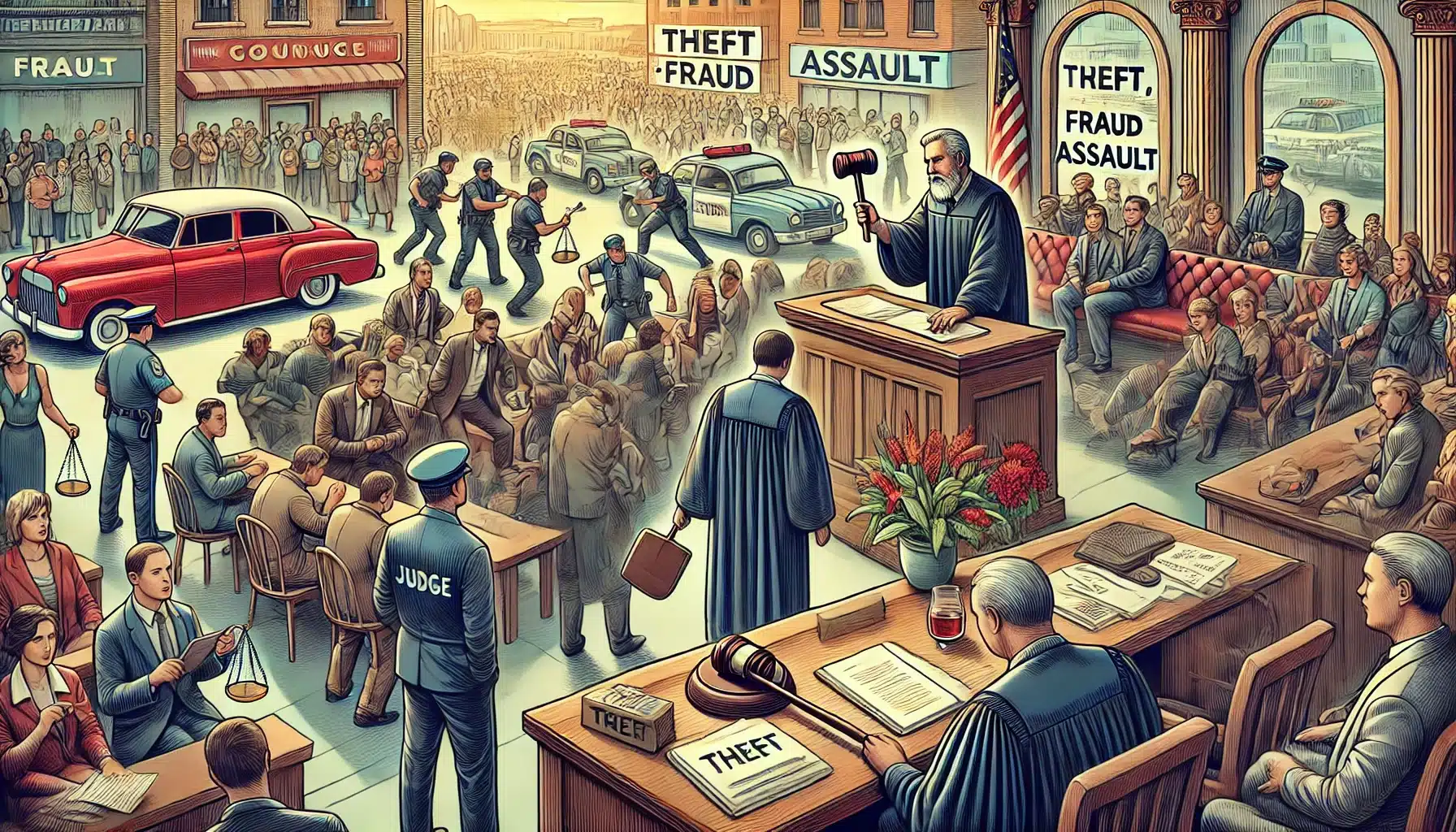E-commerce has become a part and parcel of our lives. A nuanced understanding is thus essential.

Introduction
The term e-commerce is called electronic commerce which refers to the use of internet and the web for business transactions or commercial transactions, which involves the exchange of value(money) across the organizations or individual boundaries in return for services and products. It covers a variety of business activities which is carried out on online platform for either information exchange or monetary transaction or both at times.The e-business turns into e-commerce when there is an exchange of value. It is well said, “Communications is at the heart of e-commerce and community” by Meg Whitman, President , and CEO of Hewlett-Packard. E-commerce has evolved into one of the major and most coveted industries ever known. The art of procuring things which comes from an unknown source that was never taken into account, is now over. The pattern has changed into the art of buying from home with the help of our smartphones where millions of transactions are taking place in a day. E-commerce is now heading all digital technologies. It is one the biggest evolution of digital India. The vividness of e-commerce whether it is advertising or marketing agencies or social media provides necessary tools to make e-commerce a bench mark.
History
E-commerce came into limelight in the year 1991 when the internet was opened to commercial use. Since, then thousands of businesses have marked their own identity in different websites. The term e-commerce basically meant the process of execution of any commercial transactions electronically with the help of leading technologies such as Electronic Data Interchange (EDI) and Electronics Funds Transfer (EFT), it provided a wide platform to the users to exchange any kind of business information and do electronic transactions. There was a renaissance in the field of technology, which took place in the late 1970’s that allowed business companies to exchange commercial documentation electronically. Internet gained fame in 1994, it took nearly four years of hard work to develop the security protocols HTTP and DSL which allowed rapid access and persistent connection to the internet. In 2000, a great number of European countries especially United States and Western Europe represented their services in the World Wide Web. Hence, the term e-commerce changed into electronic commerce because the sale and purchase of goods took place via internet over secure connections and electronic payment services. There was an unfortunate incident which took place in 2000, when the dotcom company collapsed which resulted to the disappearance of many e-commerce companies. It was the “brick and mortar” retailers who recognized the importance of e-commerce and began to add such capabilities to their websites. The Alberstons and Safeway company provided opportunities through e-commerce, to enable their customers to buy groceries online. At the end of 2001, the largest form of e-commerce, Business –to-Business (B2B) model gained $700 billion in transactions[1]. The end of 2007 witnessed a great achievement in the field of e-commerce when it accounted for 3.4 percent of total sales.
Amazon and Ebay were the first two companies which started electronic transactions. The major contributions by their founders have helped us to enjoy the buying and selling advantages of the internet. There are about five largest internet retailers: Amazon, Dell, Staples, Office Depot and Hewlett Packard which are in high demand.
The innovation of e-commerce was a great evolution in the field of business. The history of e-commerce was a new awakening in a virtual world, which is evolving according to the customer advantage. It is a world where every business is putting their efforts, building brick by brick in order to lay a secure foundation for the future generations.
Categories of e-commerce
There are different categories of e-commerce which determines the type of transaction that would fall into a specific group. There are six basic types of e-commerce- Business-to-Business (B2B), Business –to-Consumer (B2C), Consumer-to-Business (C2B), Business –to –Administration (B2A) and Consumer –to-Administration (C2A). The following categories highlight a dynamic approach towards different kinds of businesses.
- Business –To- Business(B2B)-: B2B e-commerce refers to different electronic transaction of goods that takes place between two companies. This type of e-commerce
establishes a strong relationship between the producers of a product and the wholesalers who advertise the product for purchase to consumers. Slack, is a platform for communication between remote businesses, and Xero is cloud-based accounting software for businesses that are examples of B2B companies.
- Business-To- Consumer(B2C)-: B2C e-commerce develop a more personalized relationship with their customers. It is perhaps the most common form of e-commerce.It deals with electronic business relationships between businesses and consumers. Most people love to enjoy this avenue as they can avail the opportunity of shopping and make choices, by going through the customer reviews. Nike, Macy’s, IKEA and Netflix are all examples of companies that engage in B2C e-commerce.
- Consumer- to-Consumer( C2C)-: C2C e-commerce deals with electronic transactions that take place between consumers. These type of transactions basically take place on online platform with the help of PayPal or social media networks like Facebook market place and websites(Craigslist).
- Consumer –to- Business(C2B)-: This is one of the most traditional form of e-commerce when a consumer gets involved to make their services or products available for companies to purchase. The most common example would be a graphic designer who designs a company logo or a photographer who publishes his photos on e-commerce websites. Freelance platform comes under C2B transactions which connects remote workers and companies..
- Business –To-Administration(B2A)-: This section basically deals with the transactions between companies and public administration. It covers few specific domains like social security, employment and legal documents. The Accela.com is a software company which provides public access to government services for asset management, response to emergency, planning, licensing, public health and public works, which aligns with B2A.
- Consumer –To-Administration (C2A)-: C2A e-commerce deals with electronic transactions, which involves the participation of individuals and public administration. It basically includes taxes, filing tax returns and health(scheduling appointment using online service).
- Government To Business (G2B)-: The G2B e-commerce provides companies with goods and services. It covers government procurement , data centres and e-learning which aligns with G2B ecommerce.
- Business To government (B2G)-: The B2G e-commerce refers to companies and businesses which provide goods and services for the government. The OpenGov is a company which offers governments cloud-based platforms for communication, reporting, and budgeting.
- Consumer To government (C2G)-: The C2G e-commerce deals with payment of taxes, health insurance, electronic bills or request information concerning the public sector.
Different forms of e-commerce
Different forms of e-commerce involves different transactional relationships between businesses and consumers, as well as different objects taken into account as a part of these transactions. They are Retail, Wholesale, Dropshipping, Crowfunding, Subscription, Physical products, Digital products and services.
| E-Commerce | Different Forms |
| 1.Retail | It deals with business products directly send to a customer without any intermediary. |
| 2.Wholesale | It deals with business products directly send to a customer without any intermediary. |
| 3.Dropshipping | It deals with manufactured product shipped to the customer by a third party. |
| 4.Crowfunding | It helps to raise any startup capital necessary to bring it to the market.The money is collected from the consumers in advance of a product being available. |
| 5. Subscription | There is an automatic recurring purchase of a product or a service on a regular basis, until and unless the sub |
| 6.Digital products | Proper licence is implemented on digital goods, templates, courses or media before they are put to use. |
| 7.Services | It basically involves a skill or a set of skills provided in exchange for compensation. A fee can be fixed in order to buy the service provider’s time. |
Outlook of e-commerce in 2020
The increasing demand for digitization has entirely changed the outlook of e-commerce. Digital development is progressing at a faster pace, therefore the e-commerce development services are growing. The knowledge about technology is the need of an hour. Every aspect of our lives has become computerized. E-commerce has progressed tremendously from desktop users to laptop users and now mobile users.
The Brick and Mortar stores are getting a major share of the business. Therefore, an amalgam of online and offline stores determines the future of e-commerce. There is a huge competition for retailers who have to be on their toes to be successful and have a worthwhile profit margin in order to counter online competitions.
The global online retail sales figure is expected to reach17.5% in 2021. The B2B sales will increase by 2020 globally to $6.6 trillion[2]. Amongst all the online activities, shopping through the internet is the most popular. The youth of the present generation are the face, where the future of online shopping is. They spend a lot of time on social media. The combination of social media and online shopping is a concept that is growing popular. Shopping can be done via multiple channels, instead of restricting to one specific channel that is very beneficial for business. However, it is important for e-commerce sites to simplify the process of buying for consumers and make mobile sites friendly. So, they have a good shopping experience. Shopify is a good option because it captures audiences, as it works on all devices. The customers are more fond of this section because it helps them to shop in a convenient manner. The developing nations like India, Brazil, Russia, and South Africa have new openings for the emerging markets that will lead to e-commerce growth. These nations promise a good and lucrative business in the future. It is important to have knowledge about the digital platform which is the need of the hour.
It has been predicted the future of e-commerce in 2020 will be easier, convenient, and powerful. So, customers can enjoy shopping in the ever-changing world.
E-commerce and law
The e-commerce sector in India has progressed tremendously at a remarkable pace of 34% Compounded Annual Growth Rate (CAGR) since 2009 and is estimated to grow at a CAGR of 63% to reach USD 8.5 billion [3]. However, there have been other challenges too, encompassing this sector. So, a regulatory framework is formulated to cope with ensuring rights and obligations. The government of India implemented the Information Technology Act in June 2000, which ensures to make e-commerce transactions fairer and achieving a more consumer-friendly E-commerce environment in India.
Impact of Covid-19 on E-Commerce
There has been a great impact of Covid-19 on E-Commerce. Many companies incurred huge loss but the initiative and alternative measures taken through e-commerce has compensated the loss to some extent. Few companies had a smooth sail in this hour of crisis but few had a tough time.
Sites in high demand at this hour of crisis
E-learning- Due to the closure of the school after the outbreak of Covid-19, the educational institutes have started providing e-learning classes. Hence homeschooling and school equipment are in high demand which is good news for retailers supplying B2C educational equipment.
Garden Furniture– There is a lot of demand and search for garden furniture across the UK and the US when social distancing measures were put in place.
Craft-There was an increase in search for craft sites for engagement and entertainment for kids and adults.
Entertainment Channels- Home gaming and entertainment channels like Xbox and Netflix have notable spikes over the past few weeks.
Sites at higher risk at this hour of crisis
The fashion retailers and the travel agencies suffered a huge loss at this hour of crisis. After the outbreak of COVID -19, few sites did not have much traffic, and no orders were placed or booking happened so far.
Conclusion
E-commerce is not just confined to only about conducting business transactions through the internet But its impact will be far-reaching and more strong. Since most of the businesses are conducted online. It has resulted in high economic development and the emergence of more innovative and advanced technology. The new age of global e-commerce has created a new economy that will tremendously change our lives and will give a new dimension to competition in various industries, and alter the economy globally.
References
Source Link
Source Link
Source Link
[1] Kenneth C.Laudon, Carol G.(2008).E-Commerce: Business, Technology, Society, Second Edition(Hardcover)
Source Link
2] Global B2C E-Commerce sales-Hit-$1.5 Trillion This year Driven by Growth in Emerging Markets, Feb 2014. See Source Link
[3] E-commerce Laws and Regulations in India: Issues and Challenges, see Source Link




